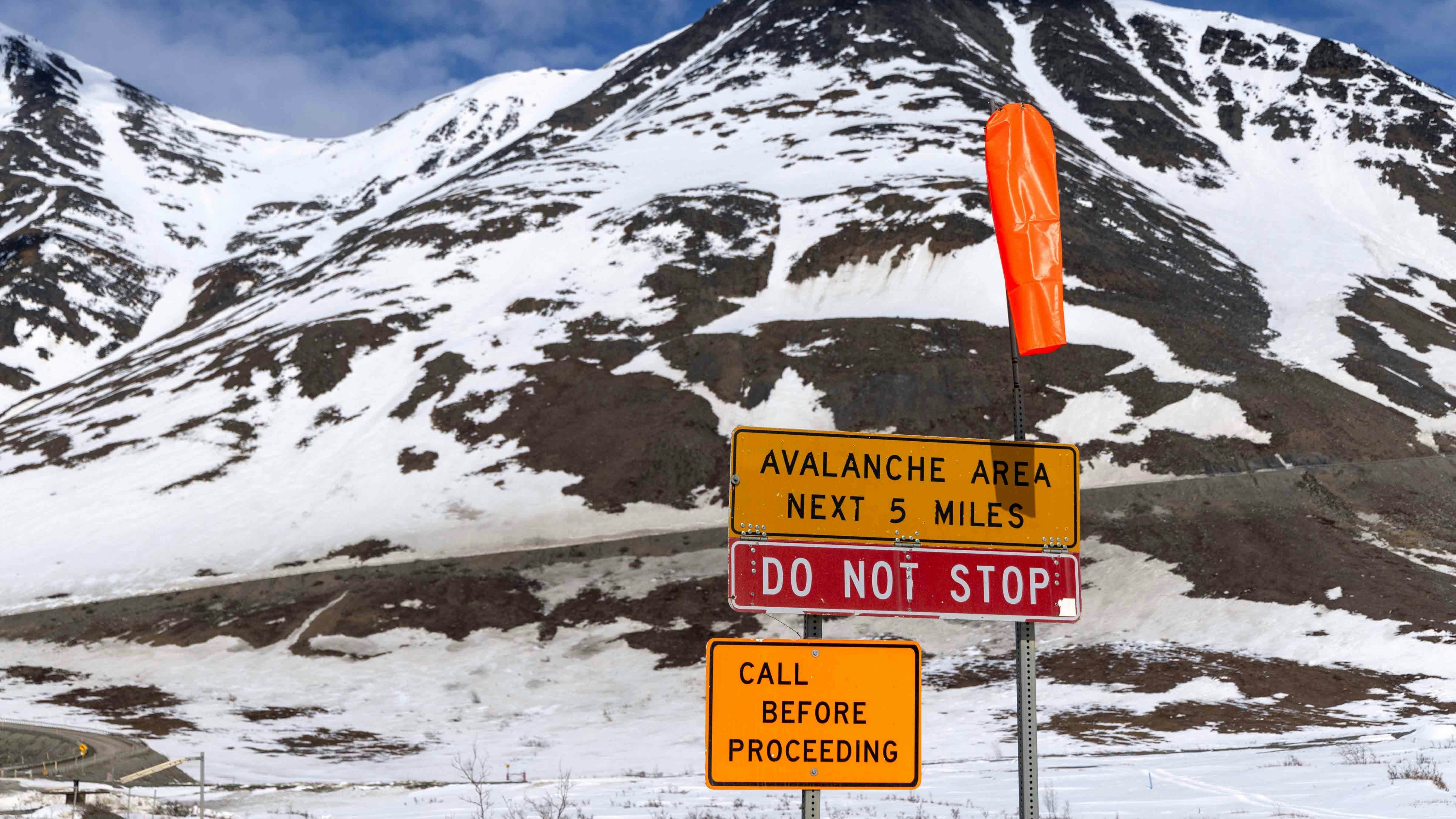It’s a city within a city.
The Rocky Mountain Area Complex Incident Management Team’s temporary headquarters on a portion of the Padlock Ranch in Dayton has its own little Main Street just like any small town of America.
In this particular town, though, the homes are little tents mostly spread around the perimeter of the makeshift town, and the offices are a little like RV trailers arranged in an orderly row, with a wide grassy boulevard between them.
The grassy boulevard is the “main street” of this town in what’s referred to as “The Overhead.” This is where most of the administrative functions are housed that support the Elk Fire firefighters.
And there are a lot of them. As of Saturday morning, 937 firefighters and support personnel are assigned to the Elk Fire, which has so far burned more than 84,000 acres in northern Wyoming.
There’s a trailer for each and every function handled by the incident management team — a trailer for public information, air operations, Geographic Information System (GIS) mapping, finances, printing. There’s even a trailer for workers’ compensation.
Most of the trailers are plain Jane white with little to no decoration. There’s a small, functional sheet of 8x10 paper on most to identify the trailer’s particular function.
An odd trailer here or there has added a Halloween decoration or two, though, showing rare personality.
GIS Mapping
One of the most intriguing trailers on site is for GIS mapping operations.
Inside, Chris Ferner, whose career started out as an ecologist but moved quickly into fire ecology, is part of the team that puts together the real-time fire intelligence that gets mapped and transmitted through the cloud to every firefighter’s phone.
While it might seem like “magic,” it’s cutting-edge science at work. And it’s changed a lot since Ferner started 30 years ago.
Once upon a time, it took 18 hours to update fire maps, and there was no way to instantly update those maps for firefighters.
Now, though, everyone carries a fire map with them on their phone and it can be updated immediately, whenever something important happens.
This near-instant mapping magic comes together through a combination of processes.
“We receive intelligence and information from folks in the field, so fire staff who are out working on the fire itself, and they’re carrying their phones with them, which has an application called Field Maps,” she said. “They can create data points and collect information such as, is this somewhere they want to meet up, like a drop point? Is this where they want to put a heli-spot where a helicopter could land?”
This kind of field data is all vetted by an expert team, then added to the map once approved, so that it is immediately accessible to everyone on the scene.
The perimeter map of the fire is a little more complicated and time-consuming. Aircraft with infrared sensors fly, primarily at night, but sometimes during the day, too, using the heat signature to track exactly where the fire is.
“That takes more time, because it’s processed by infrared sensors,” Ferner said. “They’re very skilled analysts but it’s very detailed work, and time-consuming.”
After the data is analyzed, it’s sent to Ferner, who does a little analysis work herself.
“We compare it with what we had before to make sure nothing looks like it was an error,” she said. “They catch a cloud sometimes, or we might know something they don’t about the fire.”
Once she’s completed her own analysis, the data is sent to a different trailer, which has a set of printers. Hard copy maps are created both for the public and for firefighters.
The maps are in a range of sizes. The smaller maps go on public bulletin boards, so anyone, even those without Internet, can see where the fire is.
The biggest map is almost as tall as a semi-trailer and is printed in two sections that are taped together. That’s the one used for the firefighters’ pre-shift briefings, where they will learn what their job that day will be.
3,000 Calorie Lunches
While most of the tents in this temporary city circle the camp’s outer perimeter, the Overhead trailer’s tents are all positioned on the interior.
The different positions are all about logistics.
The night shift crew needs to be far away from the temporary city’s activity, so they can sleep during the day.
The administrative personnel in the “Overhead” part of town, meanwhile, might have to get up unexpectedly in the night. Keeping them close by facilitates getting them where they need to be quickly, without having to walk long distances in the dark.
Not everyone is sleeping in their tents, though, Public Information Officer Jessica Brewen told Cowboy State Daily.
“Some of us are sleeping — trying to sleep — in our cars,” she said. “To stay a little warmer, doing the blow-up air mattress thing.”
There are showers with hot and cold running water for the residents of this temporary city. The showers can accommodate four men and four women at one time.
There’s a “mess hall” area for hot meals for breakfast and dinner, and there’s a separate counter to distribute lunch sacks.
These are not just your typical sandwich with some fruit and some carrot sticks. They’re also filled with snacks — totaling at least 3,000 calories for the firefighters, who are doing heavy labor, digging fire lines, chopping trees and brush, and all the other grubby tasks associated with creating containment of the fire.
These come in a vegetarian and a non-vegetarian option, and then there’s a choice of water or Gatorade to drink with their lunch.
There’s a supply tent to order everything from twine to Nomex pants and shirts, the latter being fire-resistant clothing that everyone who goes on the scene of the fire is required to wear.
There are fuel stations to gas up both diesel and gasoline powered vehicles, and there’s a recycling center, as well . In short, everything the temporary city needs to function independently, without any outside assistance.
Contact Renee Jean at renee@cowboystatedaily.com
Renée Jean can be reached at renee@cowboystatedaily.com.




















